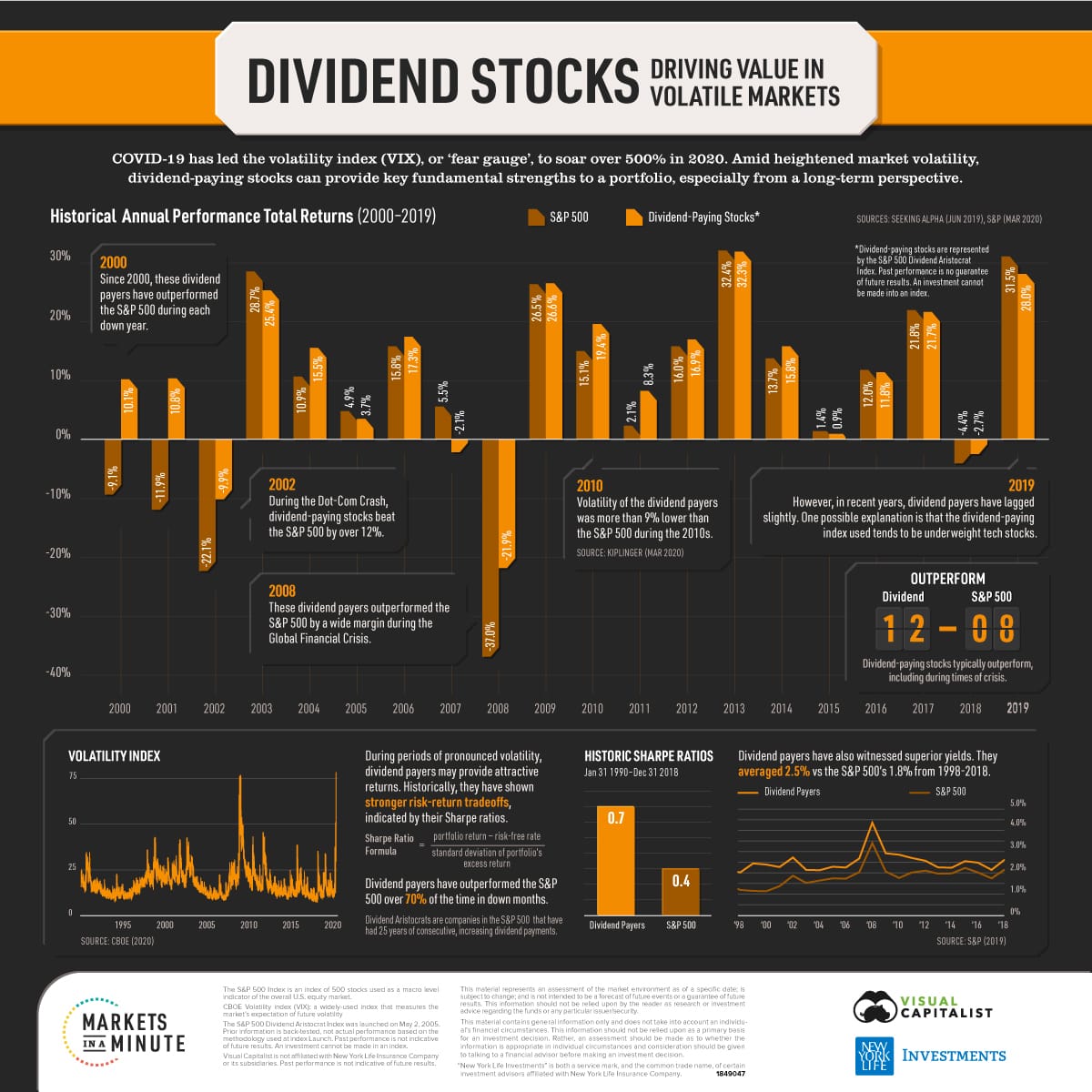The US automotive industry is poised for a significant resurgence in 2024, with projections indicating that auto sales will reach their highest levels since 2019. Following a tumultuous period characterized by supply chain disruptions and fluctuating consumer demand, the upcoming year is expected to show a marked shift toward recovery and growth in vehicle sales. Industry analysts assert that various factors are converging to create a favorable environment for the resurgence of auto purchases, notably among consumers eager to replace aging vehicles and adopt new technologies. One of the primary drivers of this projected increase is the improving availability of vehicles as manufacturers continue to resolve supply chain issues that have beset the industry in recent years. The pandemic had severely disrupted production lines and delayed deliveries of essential components, such as semiconductors, which affected the availability of new vehicles on dealership lots. As automotive manufacturers adapt to these challenges and streamline their operations, the alleviation of these supply chain constraints is anticipated to result in a more stable supply of vehicles, making them readily available for consumers. In addition to supply recuperation, the automotive market is witnessing a substantial shift toward electric vehicles (EVs). Automakers are increasingly dedicating resources to research and development, leading to the launch of numerous new electric models in 2024. This shift aligns with consumer preferences for more sustainable options, as well as regulatory pressures for lower emissions. The introduction of these new models not only attracts environmentally conscious buyers but also encourages traditional vehicle owners to consider transitioning to EVs. In a related vein, growing consumer interest in advanced technologies—such as enhanced safety features and greater connectivity—plays a pivotal role in the anticipated market recovery. As automotive technology continues to evolve, consumers are becoming more inclined to invest in the latest innovations that enhance their driving experiences. Research indicates that buyers are showing a significant willingness to upgrade to vehicles equipped with the latest technological advancements, which further bolsters projections for increased sales. Economic indicators also contribute to the optimistic outlook for auto sales in 2024. The labor market has demonstrated resilience, with steady job growth over the past year, which in turn supports consumer purchasing power. Confidence among consumers has risen, leading to increased willingness to make significant financial commitments, including the purchase of new vehicles. Alongside these trends, financing options are becoming more favorable as interest rates remain relatively low, thereby incentivizing buyers to engage in vehicle purchases. Despite potential challenges in the economic landscape, the auto industry is positioned to capitalize on the current market dynamics driving the anticipated sales surge. Regional variations in auto sales are also noteworthy as different areas of the United States respond differently to economic conditions and consumer behavior. For instance, in urban centers where traffic congestion is a daily issue, the demand for smaller, more efficient cars may be higher, whereas rural areas could see a preference for trucks or SUVs. As 2024 approaches, auto manufacturers are adapting their production strategies to align with these regional preferences, aiming to satisfy diverse consumer demands across the country. Furthermore, auto dealerships are implementing new sales strategies to entice buyers. These include more flexible financing options, promotional incentives, and enhanced online sales platforms to improve the purchasing experience. By embracing technology and consumer-centric strategies, dealerships are better positioned to facilitate transactions and drive sales. A resurgence in auto sales has broader economic implications as well. The automotive industry is a significant contributor to job creation within the economy, and an increase in sales can stimulate more employment opportunities throughout the supply chain, including manufacturing, logistics, and retail positions. Such growth could prove vital in sustaining the economic recovery currently underway across various sectors. In summary, the forecast for US auto sales in 2024 points toward a remarkable recovery, driven by improving supply chain dynamics, the introduction of innovative EV models, and bolstered consumer confidence. With a combination of technological advancements and favorable economic conditions, industry stakeholders are optimistic about the potential for a thriving automotive market. As the year unfolds, careful monitoring of these factors will be essential to understanding the operational and economic implications for the automotive sector in the United States and beyond.
Projected Surge in US Auto Sales Signals Strong Market Recovery for 2024

